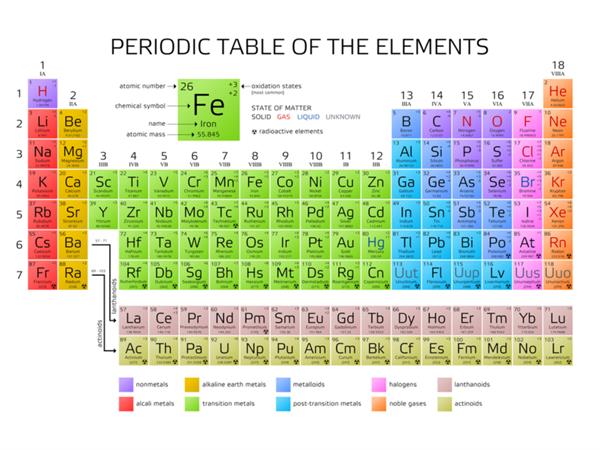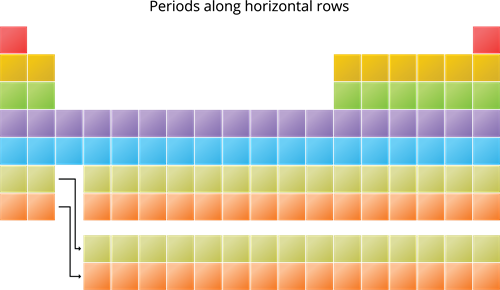
PUMPA - SMART LEARNING
எங்கள் ஆசிரியர்களுடன் 1-ஆன்-1 ஆலோசனை நேரத்தைப் பெறுங்கள். டாப்பர் ஆவதற்கு நாங்கள் பயிற்சி அளிப்போம்
Book Free Demo
Modern Periodic Law: Mendeleev's periodic table had some inconsistencies that were difficult to overcome. For example, the atomic mass of argon (\(39.95\) AMU) is greater than that of potassium (\(39.10\) AMU), but argon is listed before potassium in the periodic table. If elements were arranged solely according to increasing atomic mass, argon would take the place of potassium in our modern periodic table. 


No chemist would group argon, a nonreactive gas, with lithium and sodium, both highly reactive metals. Such disparities suggested that periodicity must be based on some fundamental property other than atomic mass. As we know today, the number of protons in an atom's nucleus turned out to be the fundamental property, which Mendeleev and his contemporaries could not have understood.
In \(1912\), Henry Moseley, a British scientist, discovered the atomic number, a new property of elements that provided a better basis for the periodic arrangement of the elements. The atomic number of an element is well-known to be equal to the number of protons or electrons present in the neutral atom of an element. As a result, Mendeleev's periodic law was modified to frame a modern periodic law, stating that.
"The physical and chemical properties of the elements are the periodic functions of their atomic numbers."
Modern Periodic Table:
Regarding the modern periodic law, the elements were arranged to increase their atomic numbers to form the modern periodic table.
A modern periodic table is a tabular form of elements in periods and groups, highlighting the usual repetition of properties of the elements.
The above figure shows the modern periodic table of \(118\) elements discovered so far. As you have studied the features of the modern periodic table in the previous class, here let us confine to studying the characteristics of periods and groups.
Features of the Periods:

The horizontal rows are termed as periods.
There are seven periods in the periodic table.
(a). First period (Atomic numbers \(1\) to \(2\)).
- Shortest period.
- It contains two elements (Hydrogen and Helium).
(b). Second period (Atomic numbers \(3\) to \(10\)).
- Short period.
- It contains eight elements (Lithium to Neon).
(c). Third period (Atomic numbers \(11\) to \(18\)).
- Short period
- It contains eight elements (Sodium to Argon).
(d). Fourth period (Atomic numbers \(19\) to \(36\)).
- Long-period
- It contains eighteen elements (Potassium to Krypton). Thus, there are eight representative elements and ten transition elements.
(e). Fifth period (Atomic numbers \(37\) to \(54\)).
- Long period.
- It contains eighteen elements (Rubidium to Xenon). Thus, there are eight representative elements and ten transition elements.
(f). Sixth period (Atomic numbers \(55\) to \(86\)).
- Longest period.
- It contains \(32\) element (Caesium to Radon). It includes eight representative elements, ten transition elements and \(14\) inner transition elements (Lanthanides).
(g). Seventh period (Atomic numbers \(87\) to \(118\)).
- Longest period (like the sixth period)
- It contains thirty-two elements. Recently IUPAC has added four new elements to the periodic table's list.